As the social problems we face in the world are more complex and systemic than ever before, we need to come up with new creative ways of solving them.
How can we design ways to address the loneliness crisis, accelerate the transition to a circular economy, or remove barriers faced by people with hidden disabilities? These are some of the challenges posed by the 10 design briefs in this year’s RSA Student Design Awards (SDA), a global competition that challenges participants to tackle the big issues of our time through design thinking.
Kinneir Dufort’s Head of Design & Innovation (and SDA judge) Russell Beard offers his advice on how to approach designing solutions, whether you’re entering the RSA Student Design Awards or wrestling with a different challenge.
1 Empathy

The most important thing is the ability to understand the people that are affected by the problem, and your eventual solution. The best word I have heard to describe this is empathy.
Empathy can take many forms. Putting yourself in the shoes of the user is the most valuable way to learn what it is that makes their circumstances difficult or empowering, complex or simple, confusing or liberating.
How you do this is down to the brief and the problem you are attempting to solve, but achieving true empathy with your target consumer is paramount. It yields the most relevant insights, the absolute truths and the harsh realities of what you are dealing with.
There is nothing more patronising than seeing a solution to a brief that ‘pebble skims’ across the problem in an excuse to find a ‘hook’ to a glossy design solution. A quick internet search of the issues doesn’t get you those nuggets of honest reality that lead you to proper solutions.
It is clear when a solution is rooted effectively in well considered and genuine empathy. It makes sense.
2 Discovery

After empathy comes discovery. Discovery is the word I would use to describe the hunt for information and any ‘uncut gems’ of opportunity.
In the design industry we have a range of methodologies for unearthing such information and connecting the subsequent dots, taught at many Universities and design courses.
However, if you are working on your own, you need to make sure that you don’t limit your search too soon. The danger is that as soon as you learn new information, you jump straight to speculating about new ideas. Many challenges, including those in the RSA Student Design Award briefs, are simply too complex and layered to expect to find a quick, easy win. Closely linked to empathy, your ability to look in the right places for the richest information is key.
Having said that, I’ve seen projects swamped with an unending quest to find ever more information on a subject in the belief that something has been missed. Too little and hasty an information search and the potential solutions remain too shallow and ill considered. Too much information can swamp a project in unnecessary detail and overly complex layers of thinking.
The balance is to spend enough time looking in the right places to ensure that a robust and well considered solution can come from the clever and insightful connections between previously unconnected opportunities.
3 Journeys & Stories
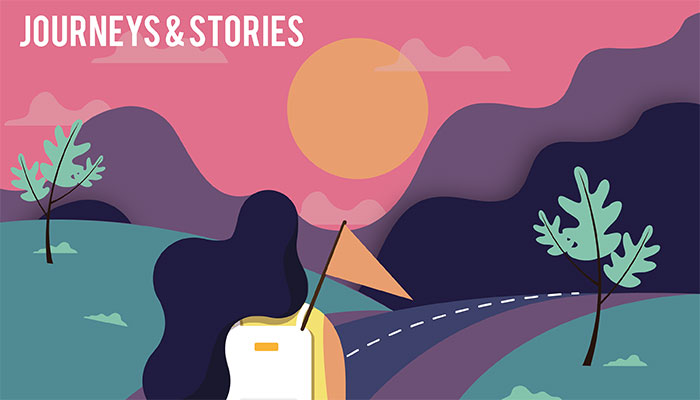
Something we find incredibly powerful and useful in our work is the user journey.
This describes every step that the user takes, starting from why the user uses your design. This can be as simple or detailed as you need, but complex or not they are essential to better understanding of the problem at hand. The act of slicing an experience into finer and finer layers of detail helps to identify and prioritise areas of importance that may have previously gone unnoticed.
I’ve seen huge opportunities and genuinely brilliant ideas result from a detailed understanding of a user journey. It forces you to see the assumed or concentrate on the unnoticed, the results of which invariable force you to think about things in a different way and from a different viewpoint.
By finding solutions that emerge from user journeys, there is a greater chance of being able to explain your solution from a human centred perspective. This in turn, resonates more strongly with who you are pitching to. (Including award judges. Just sayin’.)
4 Thinking
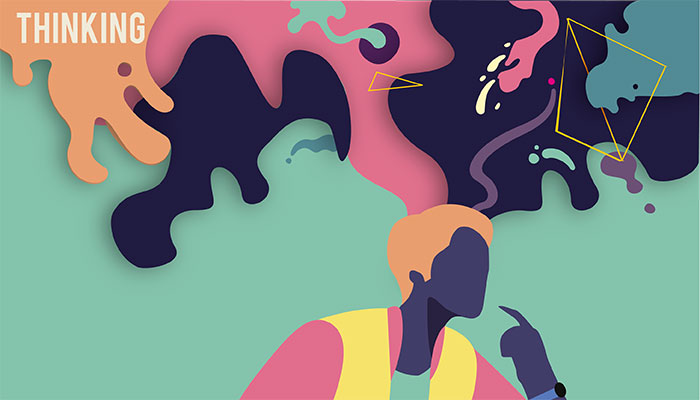
The tricky bit.
When all is said and done, and no matter how much research, empathy and discovery you conduct, you still have to engage your brain and do some solid, hard thinking. It’s hard. Bloody hard. But there’s no substitute for good old fashioned ‘hard yards’ when it comes to connecting dots, drawing hypotheses, creating ideas and crafting logic from the apparent chaos of your research.
There will inevitably be some obvious connections that will emerge from the dutiful exploration of any subject, but don’t be tempted to settle on these alone.
As someone who reviews creative work on a regular basis, it is clearly evident when a designer has spent time really thinking things through and making the trickier connections. Unless you are particularly lucky, the best solutions come from the hardest thinking.
5 Pragmatic Reality
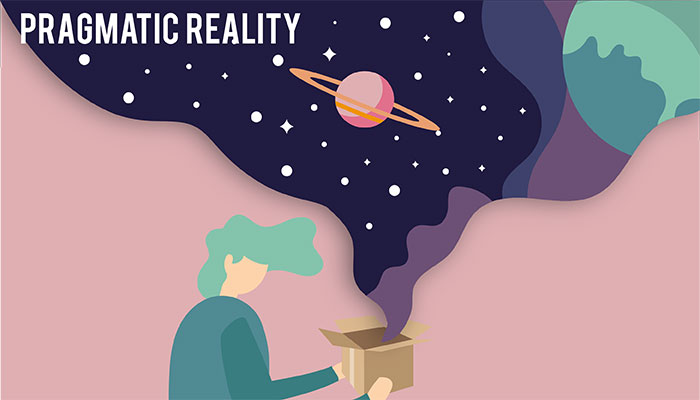
‘Out-there’ ideas are great and I would always urge designers to think far and wide, and without boundaries – at least initially – but the true test of a really great idea is the ability to be creative within limitations.
Pragmatism is sometimes frowned upon in design, as it somehow suggests less creative thinking, but I would suggest that the best ideas and most creative thinking comes from the imposed constraints and limitations that are placed on the brief. It forces you to think within limits and really stretch what might be possible. Anyone can think of anything, but can you think of something where there appears nothing to think about?
This might also relate to simplicity. Many notable and successful designers cite the need to keep simplifying until you are left with the least. Keep removing until you cannot remove any more without fundamentally destroying the idea or limiting its functionality or appeal.
If someone considers your idea and asks themselves why they hadn’t thought of it themselves, you know you’ve done your job well. That is typically the result of free, creative thought married with pragmatism and reality.
6. In a nutshell
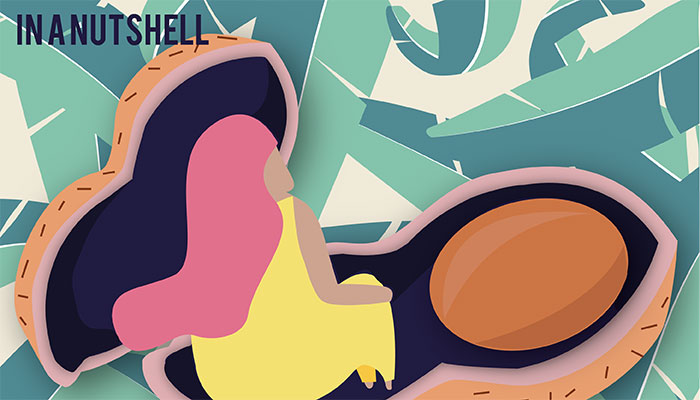
Finally, you have to sell your idea.
I’ve spent countless hours trawling degree show stands, attempting to simply work out what it is I’m supposed to be looking at. I’m sure whatever I’m being presented with is innovative and has been researched to within an inch of its existence, but if I can’t understand what it is or what it does in a simple sentence, then I’m immediately left confused.
I’m not suggesting that every great idea is so utterly simple that it can be explained in a nutshell, but find a way to summarise what you have produced or what it has solved in a way that captivates your audiences and conveys the essence of your solution. If I ‘get it’, I’m more likely to investigate further. If I’m left confused, I’m inclined to step away as the inference is that I am going to have to work hard to understand it all.
Your job is as much to communicate your idea in as simple a way as possible, as having the killer idea in the first place.
Good luck!
View and download the 2018/19 RSA Student Design Awards briefs. The competition is open to higher education students and recent graduates around the world, and responses can come from any discipline or combination of disciplines.
The competition will open for entries on 14 January 2019, and the final deadline for entries is 13 March 2019. Follow @RSADesginAwards for updates.
Related articles
-
Three ways to engage students in circular design
Nat Ortiz
Nat Ortiz shares insights from a series of workshops with design students to explore fashion in a circular economy.
-
Calling all creative problem solvers
Nat Ortiz
Our 2019/20 Student Design Awards briefs have launched! Nine real-world challenges rooted in big societal problems, open to higher education students and recent graduates around the world.
-
A kitchen that comes to meet you
Johnny Grey
One of the judges’ from this year’s Student Design Awards Competition reflects on the quality of entries and winning projects
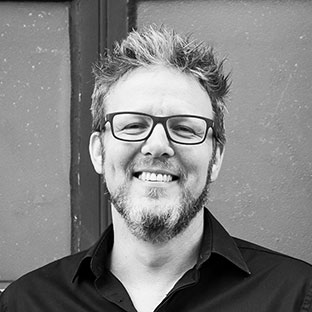

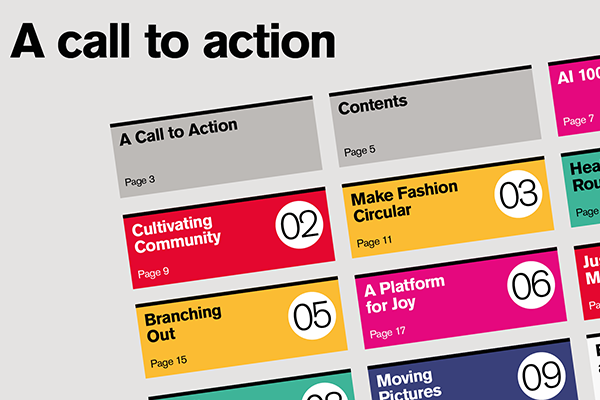

Join the discussion
Comments
Please login to post a comment or reply
Don't have an account? Click here to register.
That was a cool blog. Thanks for sharing !
I enjoyed reading this article, very insightful. On a side note, I could not see the name of the illustrator anywhere. Unless it is Russel Beard himself, would it be possible to know his or her name please? Thank you in advance.
Hi Elodie,
I believe that Kelly O'Connor (Kinneir Dufort's Graphic Designer) is the person you're looking for!
Adam
Clever and insightful always seems the key part to me, and sadly so many use design thinking as a sequence, not an iterative / reflexive process that often takes you back to the empathy aspects and a revisit of everything else too.
Something I often wonder is how poorly we explained ourselves prior to design thinking becoming fashionable as a term?
The 'less is more' simplification is often much harder than many imagine, and I always admire those who pull that off well. Funnily enough I think Design Thinking as a model has some way to go on that score. Nigel Cross and his earlier 'designerly ways of knowing' of a couple of decades ago somehow capture it better to my colleagues and I, and at present we seem to spend a lot of time 'gap filling' when we use the current range of design models.
The more novel, the better explained it needs to be, so I certainly agree that it is a very important aspect, one that needs to be geared to a target audience in the main.